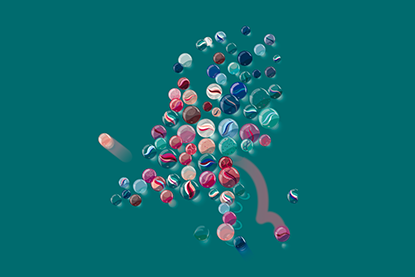Migration diversity workshop at IMISCOE conference
At the beginning of July, the WRR organised the workshop Migration diversity & social cohesion: Authors meet critics. The workshop, which was part of the annual IMISCOE conference for researchers in the field of migration and integration, was centred around the book Migration diversity and social cohesion: Reassessing the Dutch policy agenda. This is the Springer edition of the Dutch-language WRR report ‘Samenleven in verscheidenheid: Beleid voor de migratiesamenleving’.
After introductory remarks by WRR member Godfried Engbersen and research fellow Roel Jennissen, three experts – billed as ‘critics’ in the workshop’s title – reflected on the book: Özge Bilgili (Utrecht University), Dirk Geldof (University of Antwerp) and Aleksandra Grzymała-Kazłowska (University of Warsaw). They noted that they had learned a lot from the book and praised the methodology used to measure diversity: a ‘colour-blind’ Herfindahl-Hirschman Index, based on 18 groups.
Naturally, they also shared some constructive criticism. Perhaps the most controversial part of the conversation was the debate about why the WRR had chosen to use the term ‘migration diversity’ instead of ‘superdiversity’, which is more commonly used in social science. For the authors, this offered a great opportunity to clear up a misunderstanding they had encountered many times before. Their book, they explained, is not just about the superdiverse neighbourhoods in major cities in the west of the Netherlands, but about the Netherlands as a whole. As such, it also covers municipalities that are still highly ethnically homogeneous as well as places that fall somewhere in between. The authors also paid special attention to what the WRR refers to as ‘new diversity’, which plays a role in expat municipalities, but also in horticulture municipalities.
